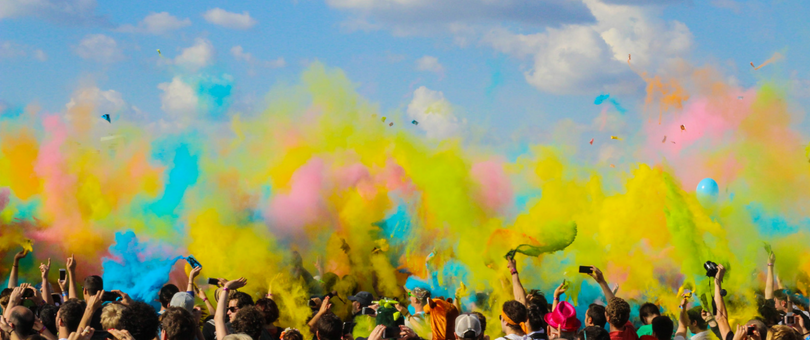Views: 0
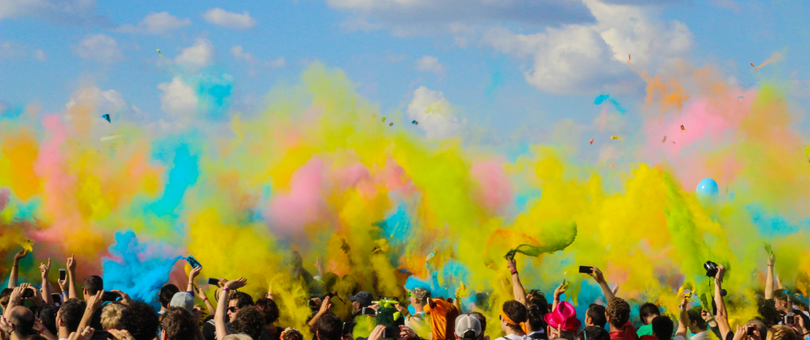 The retail landscape is always changing, and today’s customers don’t just want to buy products; they’re looking for memories.
The retail landscape is always changing, and today’s customers don’t just want to buy products; they’re looking for memories.
A study from Harris Group found that 72% of millennials prefer to spend money on experiences rather than material things. For those retailers that sell products, you may find this news unsettling. But product-focused retailers just need to shift your thinking and your delivery to give customers those memories they desire.
Retailers that want to take advantage of changing preferences can use experiential marketing to engage consumers, make connections, and boost sales. And while you may be new to experiential marketing, here, we’ll walk you through the ins and outs of this tactic, explain the benefits, and go through you retailers can implement it for their own business.
What is Experiential Marketing?
As the name suggests, experiential marketing is a campaign that directly engages customers, inviting them to experience your brand live and in person. Instead of traditional marketing, which puts the consumer in the role of spectator, experiential marketing uses hands-on activities to create personal interactions. It includes everything from free classes to food and beverage tastings, pop-up shops and parties.
More and more brands are incorporating offline events into their marketing strategy, inviting consumers to come and try them out. Three out of four brand marketers rated experiential marketing “very or somewhat” important, according to a study from Crossmark. And a study from Freeman Research predicts that one-third of chief marketing officers will dedicate 21-50% of their budgets on experiential marketing over the next three to five years.
The Benefits of Experiential Marketing for Retailers
There’s a reason why companies are putting money into this form of marketing. When done right, experiential marketing can be powerful. Seventy-two percent of consumers say they positively view brands that provide quality event opportunities and experiences, according to the Event Marketing Institute’s EventTrack 2016 study. And 74% say engaging with branded event marketing experiences makes them more likely to buy the products being promoted.
Experiential marketing also drives word-of-mouth marketing. Consumers often talk about the experience with friends. More importantly, they post on social media. Seventy-three percent of consumers post pictures, and 49% share videos of the events, according to a study by Event Marketing Institute. The chatter helps create a buzz around your brand and the products you’re promoting at your event.
Also, offline events give companies a chance to get immediate customer data and feedback. Not only will you be able to observe how consumers interact with your products and services, but you can ask a live person questions to get insight on existing and future offerings. Events also give you a chance to collect customer information for traditional campaigns held after later, such as direct mail or email.
This engagement loop helps build a customer community as well. Offline events help retailers plug into the community where they do business and bring together customer who have similar interests.
Great Examples of Experiential Marketing
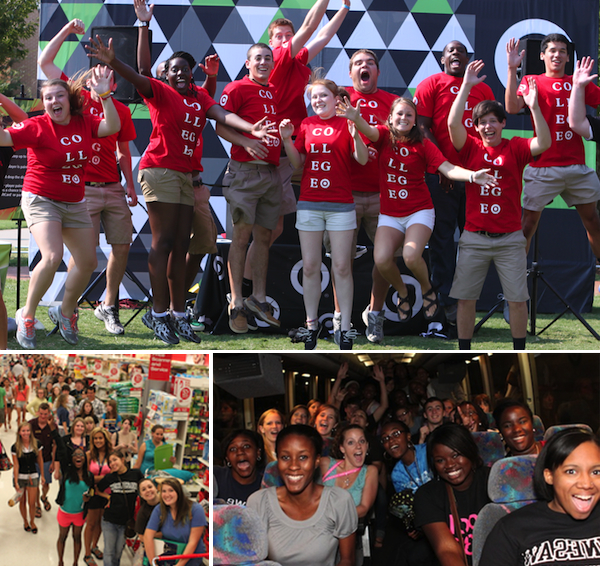
Fortunately, you don’t have to look far to find some great examples of experiential marketing. One of those is Target’s “Back to College” event, held in an effort to boost brand loyalty among young millennials. The company bussed 95,000 college freshmen from 70 schools to its stores for an after-hours shopping spree during “Welcome Week,” when students are getting settled.
Focusing on experience over product, the stores had DJs, the school mascot, games, text-to-win contests, freebies, and incentives delivered via smartphone.
“Heading off to college is a pretty pivotal life moment,” Target spokesperson Joshua Thomas told the (Minnesota) Star Tribune. “We see it as an opportunity to establish ourselves in new ways or deepen our affinity with them.”
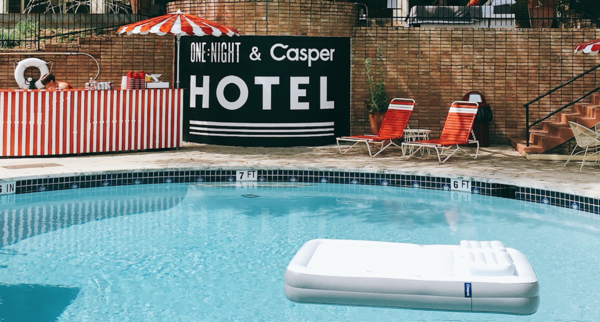
Another great example of experiential marketing is from Casper. The mattress company teamed up with Standard Hotels’ “One Night” app to allow attendees of the South by Southwest (SXSW) festival to reserve a “refresh room” for 45 minutes at the nearby Austin Motel. SXSW attendees could take a nap, charge their phone, or simply get away from the hectic festival schedule. Casper made it even more memorable by taking it a step further — they provided milk and cookies, as well as a “mom,” who would read you bedtime stories.
How To Cash In With Experiential Marketing
If you haven’t done so already, it’s time to consider jumping on the experiential marketing bandwagon. No matter what type of business you own, you can likely create a campaign to connect and engage with consumers. The key is to create an activity that evokes a positive experience — one that customers will remember so it ultimately drives their business to you later. Here are six of the most common experiential marketing campaigns retailers undertake.
Classes
You can start small by hosting in-person events at your brick-and-mortar location. Perhaps teach customers how to use your products or a lifestyle-focused workshop on a skill relevant to your niche. One great example is athleisure brand lululemon, which hosts free yoga and fitness classes in many of its stores.
Pop-Up Shops
If you sell primarily online, consider hosting a pop-up shop or partner with a complementary business to hold an event at their store. For example, the subscription box retailer Birchbox creates pop-up stores to allow customers to try their products.
Community Events
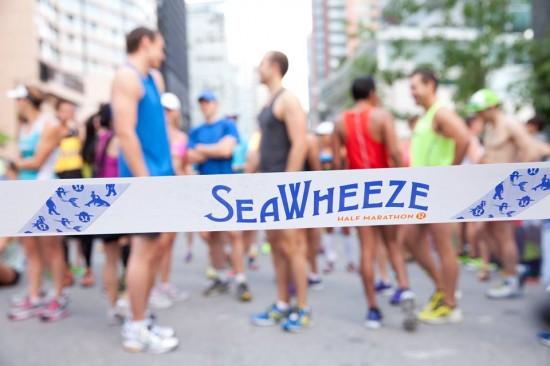 Tie your product into an event, like Casper did with SXSW. Become a sponsor, host a booth or offer samples of your products or services. You can also host your own event, like lululemon’s SeaWheeze Half Marathon.
Tie your product into an event, like Casper did with SXSW. Become a sponsor, host a booth or offer samples of your products or services. You can also host your own event, like lululemon’s SeaWheeze Half Marathon.
Event Series
Host an event series or start a monthly club. Literati Bookstore, for example, has a Poetry Book Club, Eco Book Club and Comic Book Club that meet monthly. You could also invite a guest speaker to your location each month to educate your customers on a topic that relates to your business.
Guerrilla Marketing Campaigns
Display your product in an over-the-top way to gain attention and boost brand awareness by using guerrilla marketing tactics. GoldToe outfitted the iconic Wall Street bull with a large pair of briefs, which attracted lots of attention. The sillier or more outrageous the idea, the better.
Tours
Take your business on the road by organizing a tour that stops in a variety of locations. Or be a destination of a tour. Backpacker magazine holds its Get Out More tour, stopping at 45 outdoor equipment retailers and offering talks about experiences and gear.
More Tips to Run Your Own Experiential Marketing Campaign
Whatever experiential marketing campaign you choose, know that it’s not enough to just entertain consumers — showcase your products in a way that will motivate them to make a purchase. As we mentioned, classes are popular methods of experiential marketing, allowing customers to use your products while they learn a new skill. You can also offer a discount on select products after the class.
Be creative; it’s key when it comes to experiential marketing. Your event needs to be fun, unique, and even unusual. Originality or extreme value will prompt attendees to get excited, talk about it with their friends, and record the event with pictures and video that they post on social media.
Create a hashtag and invite attendees to talk about their experience online. While it will likely happen organically, provide a subtle reminder that social posts are welcome and encouraged by sharing your hashtag on all promotional materials as well as banners and slides visible at the event.
You can also incentivize sharing by asking attendees to use your hashtag in posts as part of a contest. Hashtags organize conversations, and they can help you track social posts about your event. If you have enough staff, dedicate a member of your team to leveraging social mentions, retweeting or sharing them on your own pages.
If the thought of running your business and launching an experiential marketing campaign sounds like too much for you, hire a marketing firm that can create and promote it for you. Event Marketer magazine offers its 2017 list of the top event agencies, or you can browse through Shopify’s database of marketing experts.
Moving Forward With Experiential Marketing for Retail
The time and effort you put into your experience will be worth it. In addition to being a growing and welcome marketing method, experiential campaigns are a lot of fun. They help you interact with existing and prospective customers and get you out from behind a screen. Think of them as the way to create lasting relationships well beyond the experience.

